#Jamaican churches
Explore tagged Tumblr posts
Text
Reimagining Jamaica’s Church Buildings: Preserving Heritage While Embracing Innovation
Church leaders across the world including Jamaica are being urged to reimagine the future of their church buildings, as a global wave of church property transitions intensifies. According to the book Gone for Good? Negotiating the Coming Wave of Church Property Transition, as many as 100,000 church-owned buildings worldwide may be sold or repurposed by 2030. While Saturday and Sunday attendance…
#church property transition#community partnerships#heritage preservation#Jamaican churches#social enterprise
0 notes
Text
I’ve noticed that black people who’ve never spent an extended amount of time in the south or interacted meaningfully with southern black people can never understand why swaths of us won’t leave that region …the depth of black American history and culture in states people think are just full of white hicks is incredible
#tiny museums dedicated to distinct diasporic cultures staffed by one grandpa#churches that have been standing since the 1800s#family’s who still live next to the first plot of land their ancestors owned#a Jamaican from New York not finna get it most of the time lmaooo
49 notes
·
View notes
Text
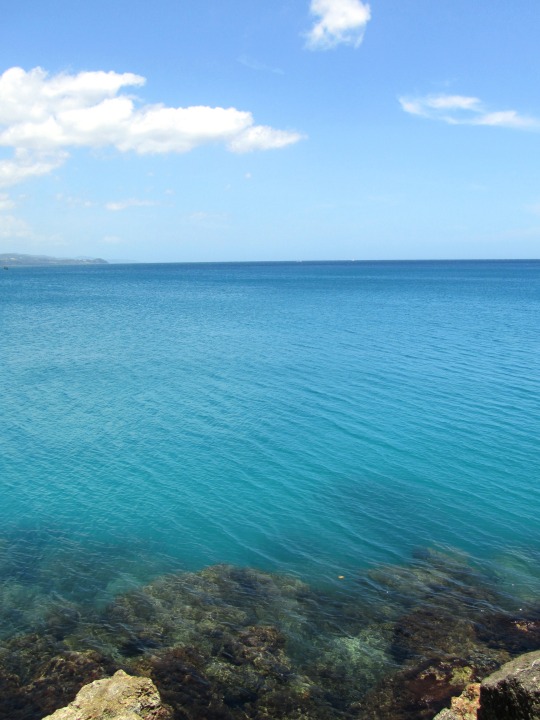
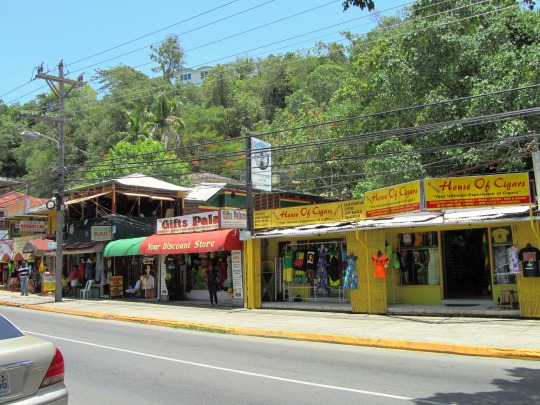
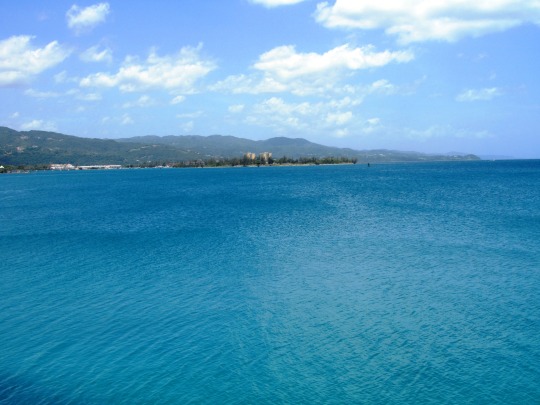
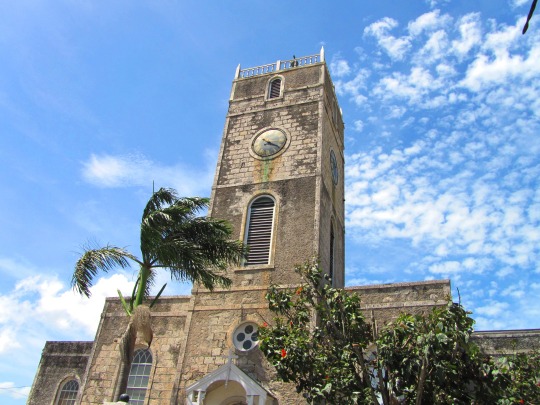
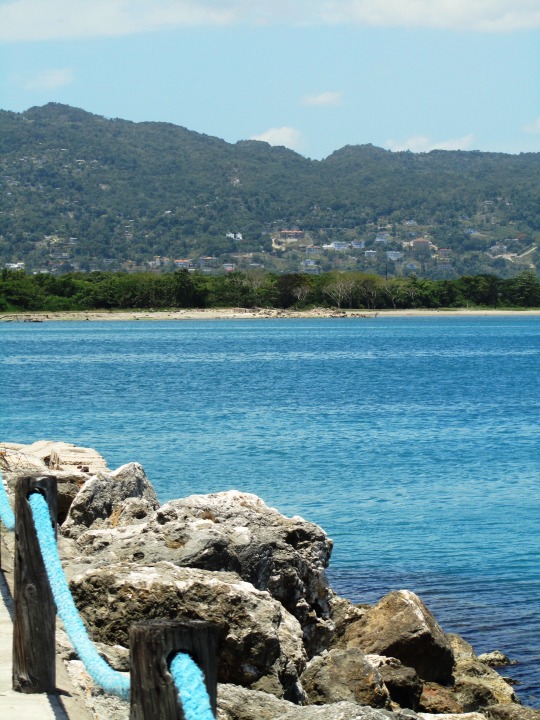
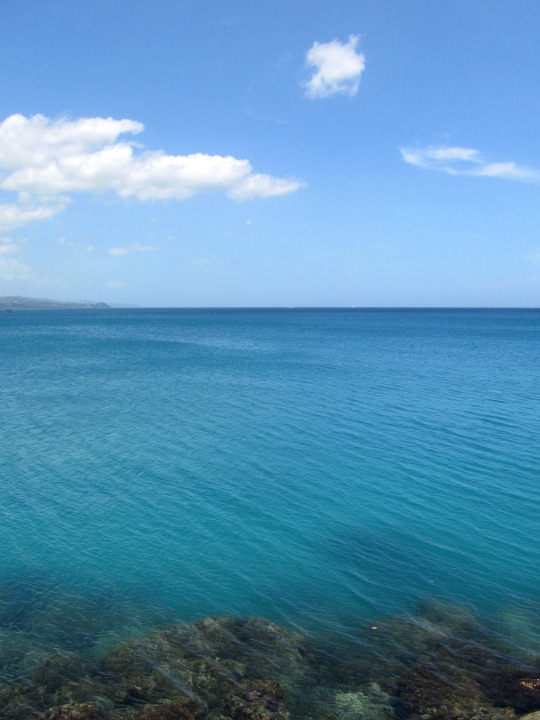
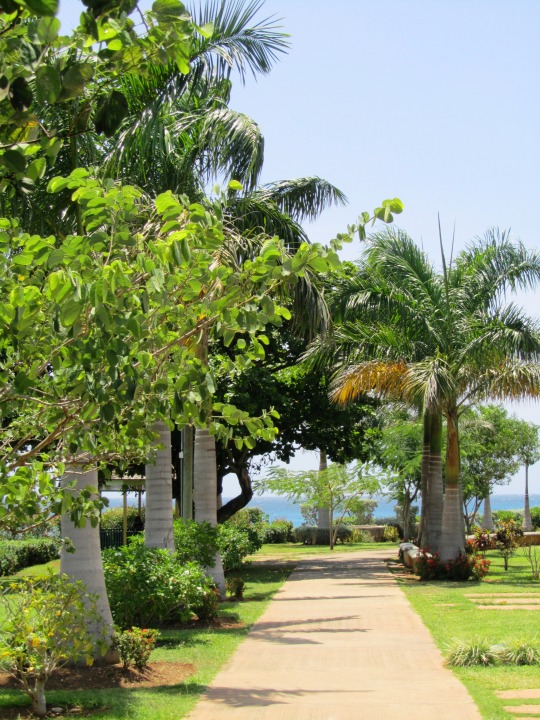
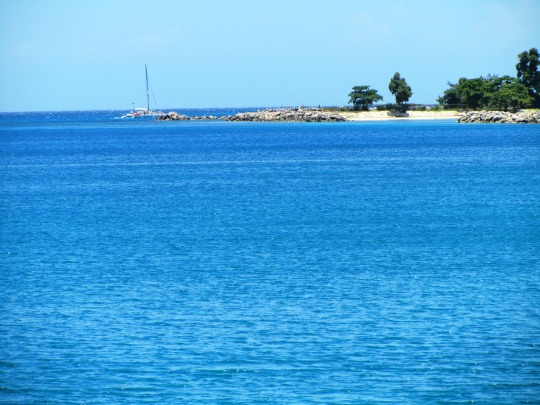

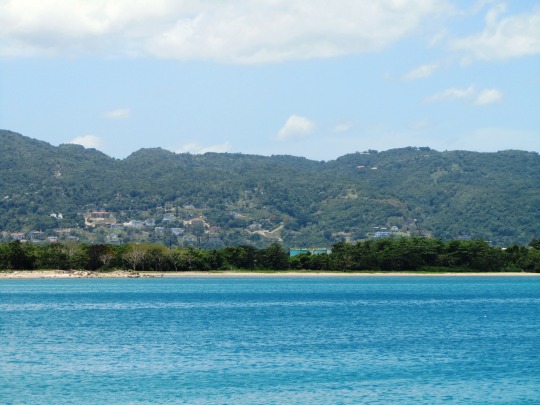
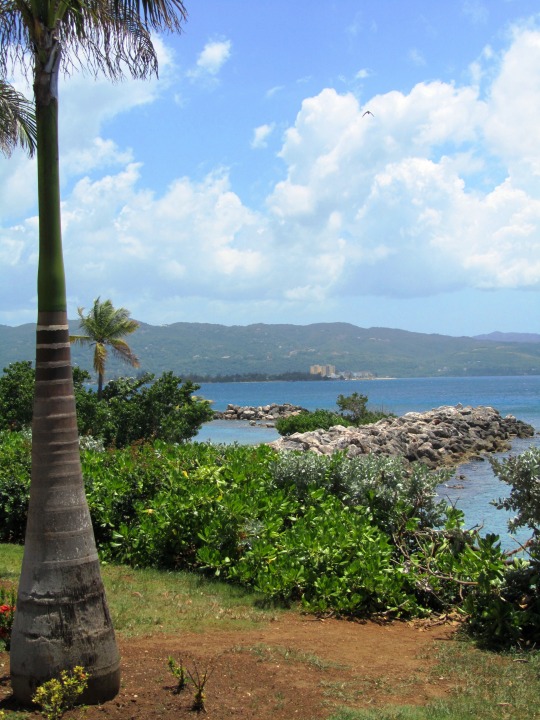
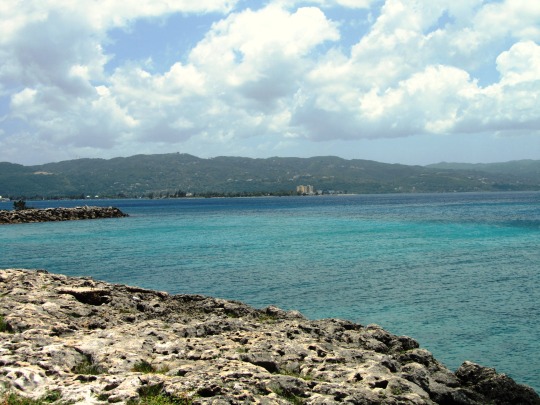
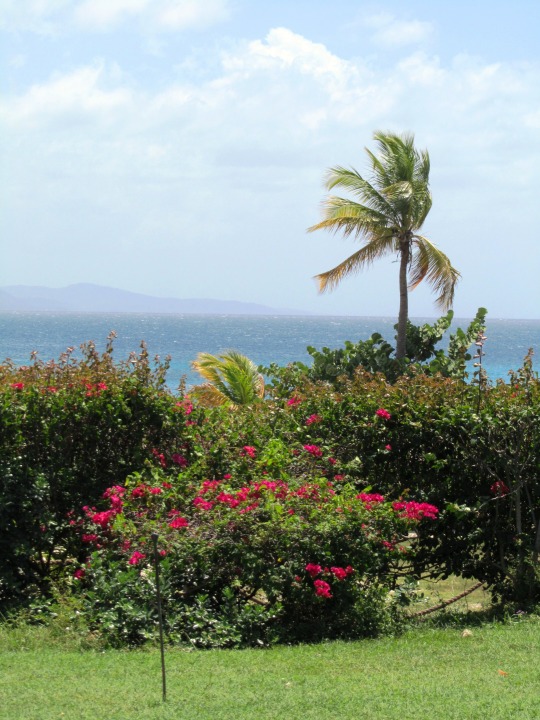
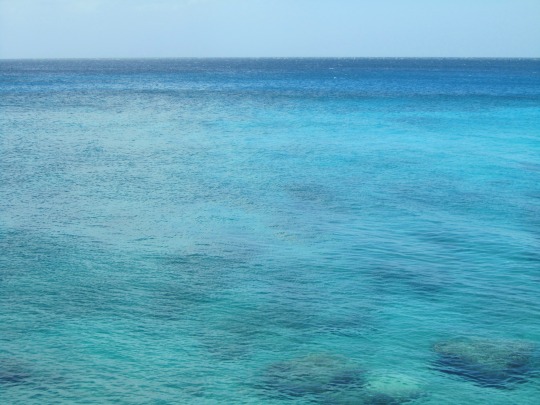
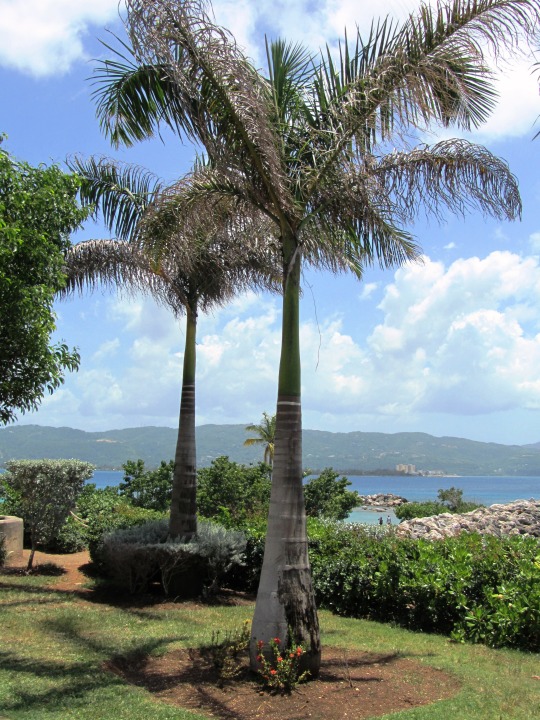
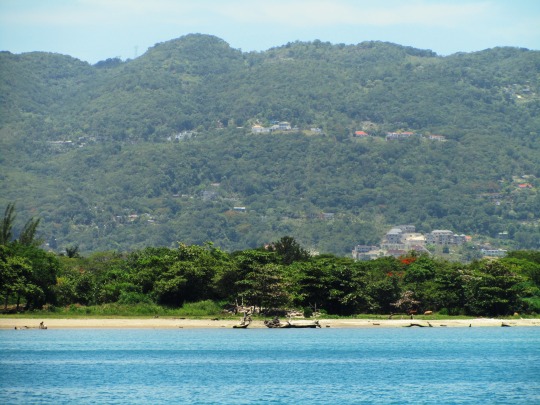
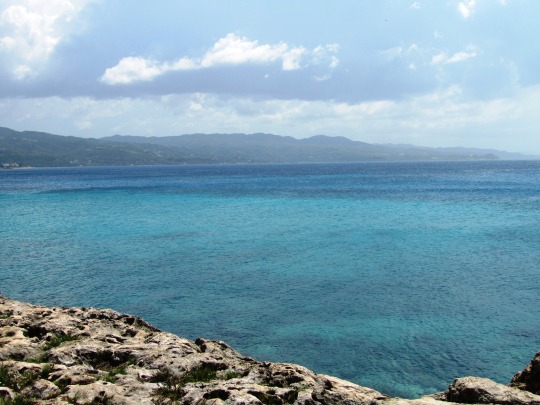
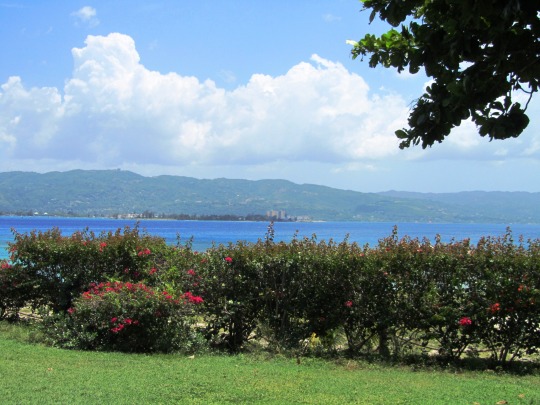
Christopher Columbus landed on the island of Jamaica on May 5, 1494 and claimed it for Spain.
#Christopher Columbus#lands#Jamaica#5 May 1494#530th anniversary#Jamaican history#Caribbean Sea#clear water#Montego Bay#St Peter's Anglican Church#Falmouth#cityscape#hibiscus#flowers#blooming#nature#Old Hospital Park#summer 2013#travel#cruise#photography#seascape#landscape#street scence#vacation#tourism#original photography#tourist attraction#landmark#architecture
41 notes
·
View notes
Text
🗣WEN MI SLEEP MAY YUH COVA MI UNDA DI BLOOD! AN WEN MI WAKE UP MAY YUH COVA MI UNDA BLOOD!🗣
I miss going to church in Jamaica 🤣
#black reader#black writers#black tumblr#self post#tumblelog#black girls#poc reader#poc writer#Jamaican#Jamaican church#paisholotus#PRAISE JAH
54 notes
·
View notes
Text
Jeff Fullyauto Deals With A Few Battles In "Wither Away"
When it comes to life, it’s the greatest thing, but it isn’t without its challenges. Some overcome, while others are in a continuous battle. Dancehall Artist Jeff Fullyauto has his share of troubles, and he talks about them in the video for the single, “Wither Away“. Directed by Jojoink Designs and Ghost Studios and shot in Mandeville and at Duppy Church in Mile Gully, Manchester, Jeff Fullyauto…

View On WordPress
#13thstreetpromo#13thstreetpromotions#blog#dancehall#dancehall music#Duppy Church#Ghost Studios#jamaica#jamaican#Jeff Fullyauto#Jojoink Designs#Jungle Jesus Entertainment#Mandeville#Mile Gully#music#music video#riddim#video#Wither Away#wordpress#youtube
0 notes
Photo

Boscobel Beach Ginger Cake Recipe a 9-inch Bundt cake from Jamaica that is loaded with fresh ginger. 1.25 cups packed brown sugar, 4 teaspoons baking powder, 4 eggs, 4 teaspoons ground ginger, 1 teaspoon vanilla extract, 1/2 teaspoon salt, 1 cup butter, 1.5 teaspoons ground cinnamon, 1 cup milk, 2.5 cups all-purpose flour, 1/4 cup grated fresh ginger root, 2 tablespoons confectioners' sugar for dusting
0 notes
Photo
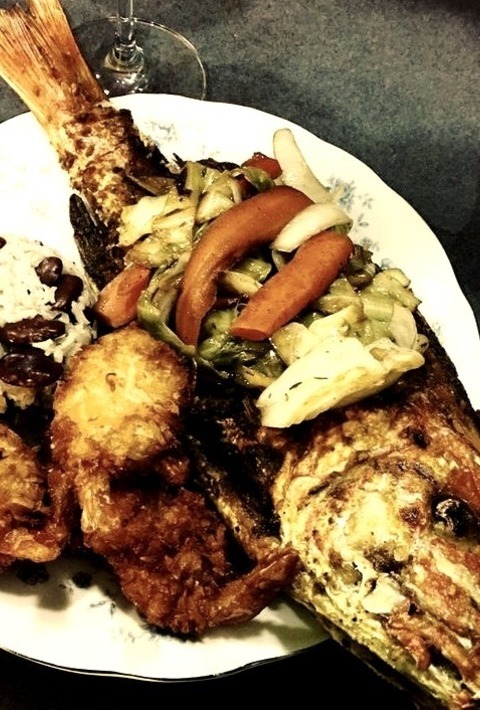
Jamaican Fried Snapper Recipe This fried snapper dish is Chef Robert Simpson's preparation of escovitch, a traditional Jamaican fish dish with spicy, lightly pickled vegetables.
0 notes
Photo
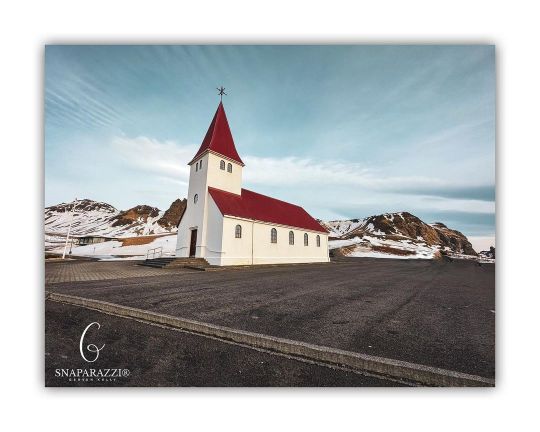
"Blessings from the Most High" 📷 iPhone 14 Pro Max =========================================== #Snaparazzi #LondonPhotographer #WorldMobilePhotography #MobilePhotography #Mobiography #SmartphonePhotography #PhonePhotography #MobilePhoto #AvenueShooters #Jamaican #ApSmartphonePicOfTheWeek #JessopsMoment #Iceland #FriYay #ShotOniPhone #Church #Moutain #MostHigh #Worship #Blessings (at Iceland) https://www.instagram.com/p/Cn6f-8hIIxY/?igshid=NGJjMDIxMWI=
#snaparazzi#londonphotographer#worldmobilephotography#mobilephotography#mobiography#smartphonephotography#phonephotography#mobilephoto#avenueshooters#jamaican#apsmartphonepicoftheweek#jessopsmoment#iceland#friyay#shotoniphone#church#moutain#mosthigh#worship#blessings
0 notes
Text
Bunny’s Moral Crisis and Julian being Anti Judeo-Christian
I was positive I got the impression, during my first read of TSH, that Bunny was truly morally bothered by the farmer-killing. Then I started wondering, post-reading, if I was being too generous, and Bunny legit was just worried for his life and was angry that the group was keeping secrets from him (that second one is what Henry told Richard).
But I got to the part in my on-and-off listening to the audiobook where Julian tells Richard he’s wondering what’s going on with Bunny. Julian says Bunny keeps approaching him and asking to talk about morality (particularly sin and forgiveness). Julian says he’s getting concerned that Bunny may convert to Marion’s religion. He asks Richard what denomination she is, and Richard says he thinks she’s Presbyterian. Julian is disappointed and says the only Christian denomination he can gracefully accept losing a student to is Roman Catholic.
Now this scene is interesting to me for a couple reasons. Firstly, it does indicate there may be more going on with Bunny internally than the Greek class gives him credit for. If Bunny is trying to approach Julian privately to talk about ethical dilemmas, this shows some level of genuineness in his questions (Julian also believes it to be earnest questioning). But secondly, Julian’s comment about only finding the Roman rite to be a worthy foe is so, so interesting to me.
The scene shows that something more is going on with Bunny, but it also reveals that Julian hates Judaism and Christianity— making exceptions for people like Dante and Giotto. The thing that’s fascinating to me about this detail is that Julian’s statements show the central theme of the whole book: that beauty is worth something if it’s backed by things of substance (Georges Laforgue says this, and the same thing is said by Theo in The Goldfinch. This is a concept important to Tartt’s writing).
Julian has a basic respect for Catholics, because Catholicism traditionally also has emphasis on art, philosophy, and classical aesthetic beauty. And, perhaps most importantly, Roman Catholics have kept Latin as the language of the Church and Vatican. The medieval Catholic Church was perhaps the biggest patron and commissioner of artists, and from the Catholic Church came Notre Dame, Aquinas, Dante, etc. Here, Julian mentions that the Catholics make “worthy foes” for the pagans, and what he means is that there’s all this aesthetic beauty and classical study within the Catholic Church. But it’s key here that Julian hates other branches of Christianity. The scene emphasizes that the only thing he enjoys about Catholics is their specifically classical history.
The thing I like about this detail is that it is a really specific bit of characterization to show that Julian does not care about morality or the search for truth that’s at the heart of all religions and mythologies. He’s different from people like Aquinas because he does not see human art and language as a means to articulate and pay homage one’s moral beliefs. He sees art/language as the highest good in and of itself. Once you remove the classics aspects of Catholicism, Julian does not care. And we see this because of his apparent disdain for Protestants and Jews. This also reminds me of Bunny saying Henry thinks Jamaicans have no culture. Obviously, they do, but it’s not the particular kind of culture and expression Julian and Henry find legitimate.
I guess I like how Donna Tartt understands her own theme and can show how it’s applicable so naturally just in the way her characters talk. We get a lot of hints about how closed-minded and shallow Julian actually is before we get to the end of the book where it’s confirmed.
#donna tartt#the secret history#tsh#bunny corcoran#julian morrow#the secret history analysis#honestly Henry and Julian would like Byzantine Catholics#holy moly have you been in a Byzantine church?#stunning
90 notes
·
View notes
Text
Pamela Colman Smith
The Woman Behind the Tarot

Pamela Colman Smith (1878–1951) was an artist, writer, and occultist whose most enduring legacy is her work illustrating the Rider-Waite-Smith tarot deck. Born in London, Smith grew up between Jamaica and New York, where she absorbed a mix of cultures and artistic influences that would shape her career. She was known for her vibrant personality and storytelling, often weaving Jamaican folktales into her work, notably through her Annancy Stories. Raised in a creative and international environment, she was deeply influenced by mysticism and symbolism, which played a pivotal role in her art and writing.
In the early 1900s, Smith became involved with the Hermetic Order of the Golden Dawn, a secretive occult society focused on esoteric and mystical knowledge. It was through this group that she met the mystic Arthur Edward Waite. In 1909, Waite approached Smith with a commission to illustrate a tarot deck, a project that would ultimately transform tarot's visual language. Although Waite provided her with specific occult and symbolic instructions, it was Smith’s unique artistic style—bold lines, vivid colors, and her ability to capture human emotion—that brought the deck to life.

The deck, originally known as the Rider-Waite Tarot (named after its publisher, William Rider, and Waite), was revolutionary in several ways. Unlike previous tarot decks, Smith’s designs featured fully illustrated Minor Arcana cards, not just the Major Arcana. This change made the cards more accessible and intuitive for interpretation. Her art emphasized narrative scenes, rich with symbolism, helping readers connect more easily with the meanings behind each card. Despite the importance of her contribution, Smith was paid only a flat fee for her work and received no royalties or further recognition during her lifetime.
Her designs are full of hidden symbols and esoteric references, many of which were derived from Waite’s occult instructions, but Smith also drew on her own creativity and mystical vision. Her personal monogram, featuring a snake entwined around her initials, can be seen on some of the cards, a quiet assertion of her authorship. Yet, for decades, the deck bore only Waite's name, and it was not until more recent years that Smith’s contributions were properly acknowledged. Today, the deck is referred to as the Rider-Waite-Smith Tarot, reflecting her essential role in its creation.

Smith was a woman of many talents beyond the tarot. She founded The Green Sheaf, a magazine focused on women’s writing, folklore, and mysticism. She was also involved in the women’s suffrage movement, using her art to support political causes. Despite her rich artistic output and connections with prominent figures such as W.B. Yeats and John Masefield, she lived much of her later life in poverty, passing away relatively unknown. However, her tarot illustrations have since become the standard for modern tarot, ensuring her posthumous fame.
Pamela Colman Smith spent her later years living with Nora Lake, a close companion who supported her during a period of financial and creative hardship. They shared a home in the village of Bude, Cornwall, where they lived a quiet, spiritually centered life, regularly attending church. While some speculate about the nature of their relationship, whether romantic or platonic, there is no conclusive evidence. Nonetheless, Lake remained a steadfast presence in Smith's life, around 20 years, until Smith's death in 1951, helping to manage her affairs and ensuring her memory endured, even though Smith's contributions had largely been forgotten at the time.
Pamela Colman Smith’s life is a testament to the often-overlooked contributions of women artists in history. Her work on the tarot deck continues to inspire millions, making her an icon in the world of mysticism and beyond.
References:
https://gcn.ie/pamela-colman-smith-designer-tarot-deck/
https://1890s.ca/wp-content/uploads/smith_bio.pdf
https://academic.oup.com/liverpool-scholarship-online/book/42400
#tarot#learn tarot#pamela colman smith#tarot divination#divination#divination witch#divine feminine#witchblr#witchcraft#full moon#pagan#green witch#altars#polytheism#deity work#moon magic#witchy#grimoire#online grimoire#grimoirey#mine#foryourgrimoire
23 notes
·
View notes
Text
The Intersection of Christianity and Jamaican Homes: Exploring Legacy, Culture, and Community
Jamaica is a land of vibrant culture, rich history, and deep-rooted traditions. Among these traditions, Christianity holds a significant place in the hearts and homes of Jamaicans. From the bustling streets of Kingston to the tranquil villages of the countryside, churches are a ubiquitous presence, woven into the fabric of everyday life. In this blog post, we delve into the unique relationship…

View On WordPress
#Christian faith#Christianity#Christianity and Jamaican homes#Christianity in Jamaica#Jamaican families#Jamaican society#pray#Seventh-day Adventist Church#worship
0 notes
Text
Non-paywall version here.
"When Arley Gill, head of Grenada’s National Reparations Committee, envisioned his work seeking repair for centuries of enslavement on the Caribbean island, one thing was certain: It was going to be a long slog.
But just two years since its founding, the task force is fielding calls from individuals around the world looking to make amends for ancestors who benefited from enslavement in Grenada.
“If you had told us this would be happening, we wouldn’t have believed you,” Mr. Gill says, crediting a burgeoning movement of descendants of enslavers getting wise to their family’s history and taking action.
In Grenada’s case, the momentum began with a public apology made by former BBC journalist Laura Trevelyan and her family in February at a ceremony on the island. They apologized for their forebears’ enslavement of people in Grenada and their enrichment from it, pledging an initial contribution of £100,000 ($130,000) toward education on the island.
“She opened the doors for people to feel comfortable” coming forward, says Mr. Gill.
In April [2023], Ms. Trevelyan and journalist Alex Renton co-founded an organization called Heirs of Slavery. Its eight British members have ancestors who benefited financially from slavery in various ways...
Heirs of Slavery says wealth and privilege trickle down through generations, and that there are possibly millions of Britons whose lives were touched by money generated from enslavement.
The group aims to amplify the voices of those already calling for reparations, like Caribbean governments. And it supports organizations working to tackle the modern-day consequences of slavery, both in the United Kingdom and abroad, from racism to health care inequities. But it’s also setting an example for others, drafting a road map of reparative justice for enslavement – at the individual level...
“Shining a light is always a good idea,” says Mr. Renton, who published a book in 2021 about his family’s ties to slavery, donating the proceeds to a handful of nongovernmental organizations in the Caribbean and England. “You don’t have to feel guilt about it; you can’t change the past,” he says, paraphrasing Sir Geoff Palmer, a Scottish Jamaican scholar. “But we should feel ashamed that up to this point we’ve done nothing about the consequences” of slavery.
Start anywhere
Most Africans trafficked to the Americas and Caribbean during the trans-Atlantic slave trade ended up in the West Indies. The wealth generated there through unpaid, brutal, forced labor funded much of Europe’s Industrial Revolution and bolstered churches, banks, and educational institutions. When slavery was abolished in British territories in 1833, the government took out a loan to compensate enslavers for their lost “property.” The government only finished paying off that debt in 2015.
The family of David Lascelles, the 8th Earl of Harewood, for example, received more than £26,000 from the British government after abolition in compensation for nearly 1,300 lives, while “the enslaved people were given nothing,” Mr. Lascelles says. He joined Heirs of Slavery upon its founding, eager to collaborate with peers doing work he’s been focused on for decades.
“People like us have, historically, kept quiet about what our ancestors did. We believe the time has come to face up to what happened, to acknowledge the ongoing repercussions of this human tragedy, and support the existing movements to discuss repair and reconciliation,” reads the group’s webpage.
For Ms. Trevelyan, that meant a very public apology – and resigning from journalism to dedicate herself to activism...
For Mr. Lascelles, a second cousin of King Charles, making repairs included in 2014 handing over digitized copies of slavery-related documents discovered in the basement of the Downton Abbey-esque Harewood House to the National Archives in Barbados, where much of his family’s wealth originated during enslavement.
“What can we do that is actually useful and wanted – not to solve our own conscience?” he says he asks himself...
“Listen and learn”
...The group is planning a conference this fall that will bring together families that benefited from the trans-Atlantic slave trade along with representatives from Caribbean governments and Black Europeans advocating for reparations. In the meantime, members are meeting with local advocacy groups to better understand what they want – and how Heirs of Slavery might assist.
At a recent meeting, “there was one man who said he wanted to hear what we had to say, but said he saw us as a distraction. And I understand that,” says Mr. Renton. “Maximum humility is necessary on our part. We are here to listen and learn, not try to take the lead and be the boss.”
Mr. Renton’s family has made donations to youth development and educational organizations, but he doesn’t see it as compensation. “I see this as work of repair. If I sold everything I own, I couldn’t begin to compensate for the lives my ancestors destroyed,” he says."
-via The Christian Science Monitor, August 1, 2023
Note: I know the source name probably inspires skepticism for a lot of people (fairly), but they're actually considered a very reliable and credible publication in both accuracy and lack of bias.
#slavery#reparations#antiblackness#racism#colonialism#united kingdom#uk#granada#caribbean#social justice#ancestry#black history#black lives matter#reparative justice#enslavement#abolition#systemic racism#good news#hope
242 notes
·
View notes
Text



















Jamaica became independent from the United Kingdom on August 6, 1962.
Jamaica Independence Day
Jamaica Independence Day is celebrated on August 6 annually. This day became a national celebration in 1962 when Jamaica became independent with full dominion status in the Commonwealth, under a constitution that retained the British monarch as head of state. The first elected Prime Minister was Alexander Bustamante.
Jamaica’s independence meant that Britain no longer controlled the country’s affairs. Thus, these became primarily managed by the new Prime Minister and his locally elected cabinet. Furthermore, Jamaica’s independence also meant that they had to form a constitution, symbols, emblems, army, currency, and passports.
History of Jamaica Independence Day
Jamaica was one of the first colonies in the so-called ‘new world.’ Jamaica became a Spanish colony in 1509. In May 1655, the British took over the island during the Anglo-Spanish War. In the 1950s, the British Empire broke up; thus, Jamaica took advantage of the situation to make several amendments to its constitution to allow greater self-government and a Prime Minister. In 1958, Jamaica joined the West Indies Federation — a political union of various Caribbean islands that were also colonies of the United Kingdom.
By September 1961, Jamaicans had become dissatisfied with the Federation. The slow-paced move to independence led to a referendum in Jamaica where 54% of Jamaicans voted to leave the Federation. In 1962, the ‘Jamaica Labour Party,’ under the leadership of Bustamante, won the elections, which resulted in the passing of the Jamaica Independence Act by the United Kingdom Parliament on July 19, 1962. On August 6, 1962, the British granted them independence, and the Jamaican flag flew for the first time.
Bustamante became Jamaica’s first Prime Minister, with Jamaica joining the Commonwealth of Nations. The main highlight of Jamaica Independence Day is the ‘Jamaica Independence Festival,’ which showcases a grand parade, traditional music, the World Reggae Dance Final, and other events.
Jamaica Independence Day timeline
1494 Christopher Columbus Sights Jamaica
Christopher Columbus calls it Santiago; however, the original indigenous name, ‘Jamaica or Xaymaca,’ persisted.
1509 Jamaica Becomes a Spanish Colony
Jamaica is one of the first colonies in the so-called ‘new world.’
1655 Jamaica Becomes An English Colony
The island is taken over by the British during the Anglo-Spanish War.
1962 Jamaica Becomes Independent
The Jamaican flag is flying for the first time on August 6.
Jamaica Independence Day FAQs
Does Jamaica have two flags?
No. Jamaica only has one flag, which is unique worldwide as the only country whose flag does not contain the colors red, white, or blue!
How do Jamaicans say hello?
‘Wah Gwaan,’ the most well-known Jamaican greeting, means ‘hello.’ Former US President Barack Obama used it during his inaugural visit to Jamaica.
How do you respond to Wah Gwaan?
‘Mi Deh Yah, Yuh Know,’ means ‘Everything is okay’ or ‘I’m doing well.’ It is the most common response to ‘Wah Gwaan.’
How to Observe Jamaica Independence Day
Attend a celebration
Plan a party
Celebrate the whole weekend
The main celebration takes place at the National Arena in Independence Park in the evening. On Independence Day, Jamaicans take part in grand street parades, wearing clothing colored like the Jamaican flag and putting on all manner of cultural displays.
If you are not chanced to attend a Jamaican party, you can organize one with friends. Be sure to decorate the place with Jamaican flags and play reggae music all night.
In reality, the Jamaican Independence Festival does not only last a day; it’s a week of celebrations leading up to Independence Day. These are seven days of celebration for a general population that knows how to party.
5 Facts About Jamaican Culture
Language
Cuisine
Clothing
Religion
People and traditions
Although English is Jamaica’s official language, the local dialect combines elements of other languages — from Spanish, African, and Irish dialects to British and American phrases.
Jamaican cuisine focuses on Caribbean spices, which pack a punch.
Traditional Jamaican clothes are calico in nature whereby women wear bright handmade dresses and complete their outfits with a headscarf that wraps up the wearer’s hair.
Jamaica is a Christian nation and the majority of the locals are highly religious and attend church on Sundays with the whole family.
Jamaicans have many traditions, and one includes the local practice of burying the umbilical cords of newborns beneath trees with the belief that this gives the baby a permanent connection to its homeland.
Why Jamaica Independence Day is Important
It’s an opportunity to remember the importance of freedom
It’s a time to party
It’s an opportunity to honor those who fought for independence
Jamaica gained its freedom for self-governance after more than 300 hundred years of British colonial rule. However, the road to independence was long and hard.
Jamaicans celebrate this day by partying all weekend long. Thus, this could be an opportunity to have fun with your family and friends.
This day can also be an opportunity to honor those who fought for Jamaica’s independence. Many people must have fought to achieve this and today is the day to honor them.
Source
#St Peter's Anglican Church#Falmouth#architecture#cityscape#landscape#seascape#Caribbean Sea#summer 2013#tourist attraction#landmark#travel#original photography#Montego Bay#Old Hospital Park#beach#Jamaica#independent#6 August 1962#anniversary#white colonialism#Jamaican history#vacation#Jamaica Independence Day#JamaicaIndependenceDay#Caribbean Island#flora#woods#nature
2 notes
·
View notes
Text
Lil Kish Shares Visual For "God A Mi Obeah Man"
To her friends and family, she is known as Tajana, but the public has been hip to the upcoming Entertainer known as Lil Kish. The Teenager who is based in Manchester has been steadily making her name known across the Island, and she looks to bring a different kind of energy to the music scene. She gained viral success a number of times, been a part of a few campaigns, and even has a music video…

View On WordPress
#13thstreetpromo#13thstreetpromotions#blog#church#dancehall#dancehall music#God#God A Mi Obeah Man#Hot Topic Entertainment#jamaica#jamaican#Kahinga Films#Kingkish Records#Lil Kish#Manchester#Mandeville#music#music video#riddim#video#wordpress#youtube
1 note
·
View note
Text
marauders characters’ ethnicities/religions/languages pt. 2
valkyries edition!!
again these are just my own HCs don’t take this too seriously x
lily orlaith evans
comes from a proud unionist irish family living in derry (she will slap you if you call it londonderry btw)
practicing catholics (or cyathlics as she would say) but she has a faith crisis in 5th year when she starts liking girls
becomes friends with severus who lives in protestant derry (bc hes a protestant) and her parents are ecstatic (“aw, well, would you look at our lily talking to that wee proddy lad?” “god, but its an awful name. severus? sure, what was his ma thinking?” “ah, now, you wouldn’t have guessed he’s eileen’s wain, would ye?” “eileen? from the post office?” “aye.” “oh, but he’s the spitting image! christ…”) but petunia hates it so much and thinks she must want to be a protestant instead
mostly speaks english at home but is fluent in irish because her nana doesnt speak any english
marlene katarzyna mckinnon
irish catholic on her dad’s side (wizard)
polish catholic on her mam’s side (muggle)
parents are split and she lives with her ma and siblings in finglas (north dublin) while her da owns a pub in derry which she visits (stays with him during holidays after she falls out with her ma)
speaks polish fluently because she was raised by her ma (who didn’t speak english) and teaches remus some polish so he can talk to his dad in it (and she can speak in her first language)
lily helped teach her irish while she was at hogwarts and wanted to get closer to her da
mary tiyanna macdonald
afro-brazilian catholic on her dad’s side - he grew up in rio and moved to jamaica as a young adult (some irish/scottish heritage there, thus the surname)
jamaican rastafari on her mum’s side - met her dad in kingston on a night out and ended up marrying him and having 8 kids (they got busyyy)
her parents moved to liverpool when they were in their mid 20s on the windrush
but they always visit jamaica and while at hogwarts mary spends most summers there
speaks jamaican patois at home, but knows some portuguese from her dad and his family
struggled to speak standard english and kept slipping into patois when she started at hogwarts, so she ended up accidentally teaching marlene a ton of patois
her family aren’t very religious, but they go to the local catholic church for mass at christmas and easter
her parents and siblings are all muggles btw!!
okk guys hope you like these! think im gonna do the skittles/emeralds next, and again please leave any suggestions!!
#marauders#the valkyries#lily evans#irish lily evans#marlene mckinnon#irish marlene mckinnon#polish marlene mckinnon#mary macdonald#jamaican mary macdonald#brazilian mary macdonald#headcanon#catholic#rastafari#hope you guys like these#dont cancel me
11 notes
·
View notes
Text
𝐼𝓃𝓉𝓇𝑜𝒹𝓊𝒸𝓉𝒾𝑜𝓃

-> Lord of the Flies OC RP/Ask blog
-> No NSFW ; mod is a minor
-> Asks may be delayed
-> Usual DNI criteria
-> Mod uses They/Them
── ⟢ ・⸝⸝
Meet . . .
-> Name : Trejean Innes-Jaquiss
-> Nickname(s) : TJ
-> Birthday : November 15, 19XX
-> Age : 15
-> Gender : Transmasc
-> Pronouns : He/They
-> Sexuality : Aro-Ace
-> Height : 5’7
-> Ethnicity : Jamaican-French
── ⟢ ・⸝⸝
“ Whose Tribe Do You Side With? ”
-> “I side with the Littluns and anyone else who requires my care. A-And Simon.”
“ How Did You End Up On The Island? ”
-> “How else do you think? Like everyone else.”
“ Do You Think You’ll Make It Home? ”
-> “ . . . I won’t answer that.”
( ex. questions )
── ⟢ ・⸝⸝
Lore :
-> TJ originally grew up in Jamaica, and went to the same school that his dad taught music and history at
-> They were part of a junior bobsled team, and despite never winning, they were incredibly skilled at the sport
-> However, they ended up quitting in response to one fatal incident where, in the blur of excitement for their cousin to try sledding, TJ’s crew was injured horrendously, and their cousin was left paralyzed from the waist down
-> For that reason, and the fact that TJ’s cousin was like a little brother to them, they’re quite close and protective of the littluns, especially those like Johnny (Percival gets on their nerve, though)
-> To escape the constant memories of that day, they moved to France with their Great Grandparents, and joined the school’s choir class
-> They ended up singing a song that TJ’s dad wrote at a showcase presented by one major church, and it was there that he saw the Merridingles (what they call Jack’s choir/tribe) perform
-> TJ’s Dyslexic and bonded with Simon quickly over that; they speak French and Jamaican, as well as some Hawaiian phrases (what their cousin is), which creates room for language shenanigans towards the other boys on the island
-> He’s a trickster! He believes in the supernatural and uses his ability of storytelling to create some of the most terrifying and vivid stories (thrived off the beast rumor)
-> Despite being on “nobody’s side,” TJ mingls a lot with everyone, offering a warm embrace and talk of fond memories and songs to anyone who just so happens to stumble across them in the night
── ⟢ ・⸝⸝
Main Account : @thegrinningghost
Other RP Accounts :
to be listed
── ⟢ ・⸝⸝
Ask Status : OPEN!
#lotf fandom#lotf oc#lotf#lord of the flies#lord of the flies oc#lotf rp#lotf oc rp#lotf oc community#lotf rp blog#lotf ask blog#lotf oc ask blog#lotf oc rp blog#lord of the flies roleplay#lord of the flies rp#send asks#asks open
8 notes
·
View notes